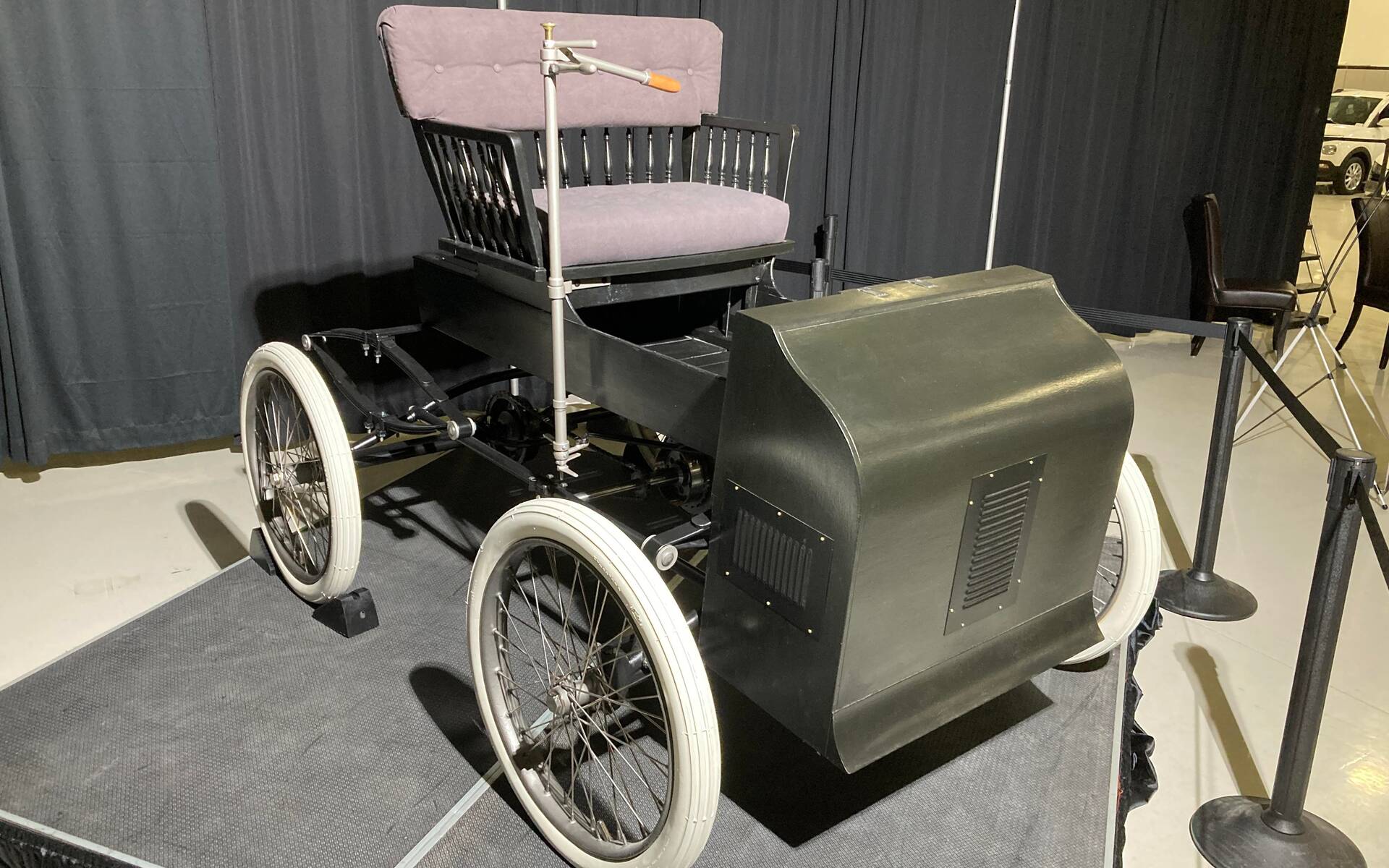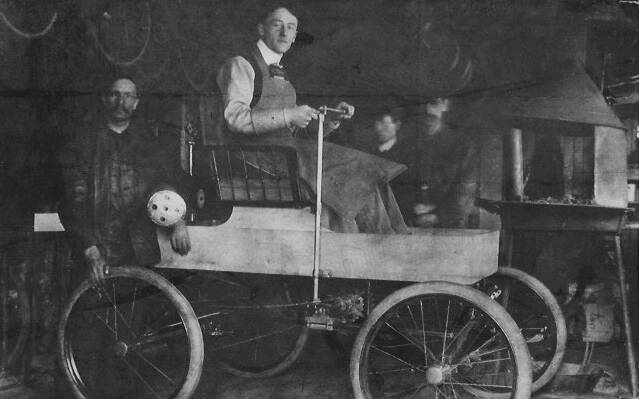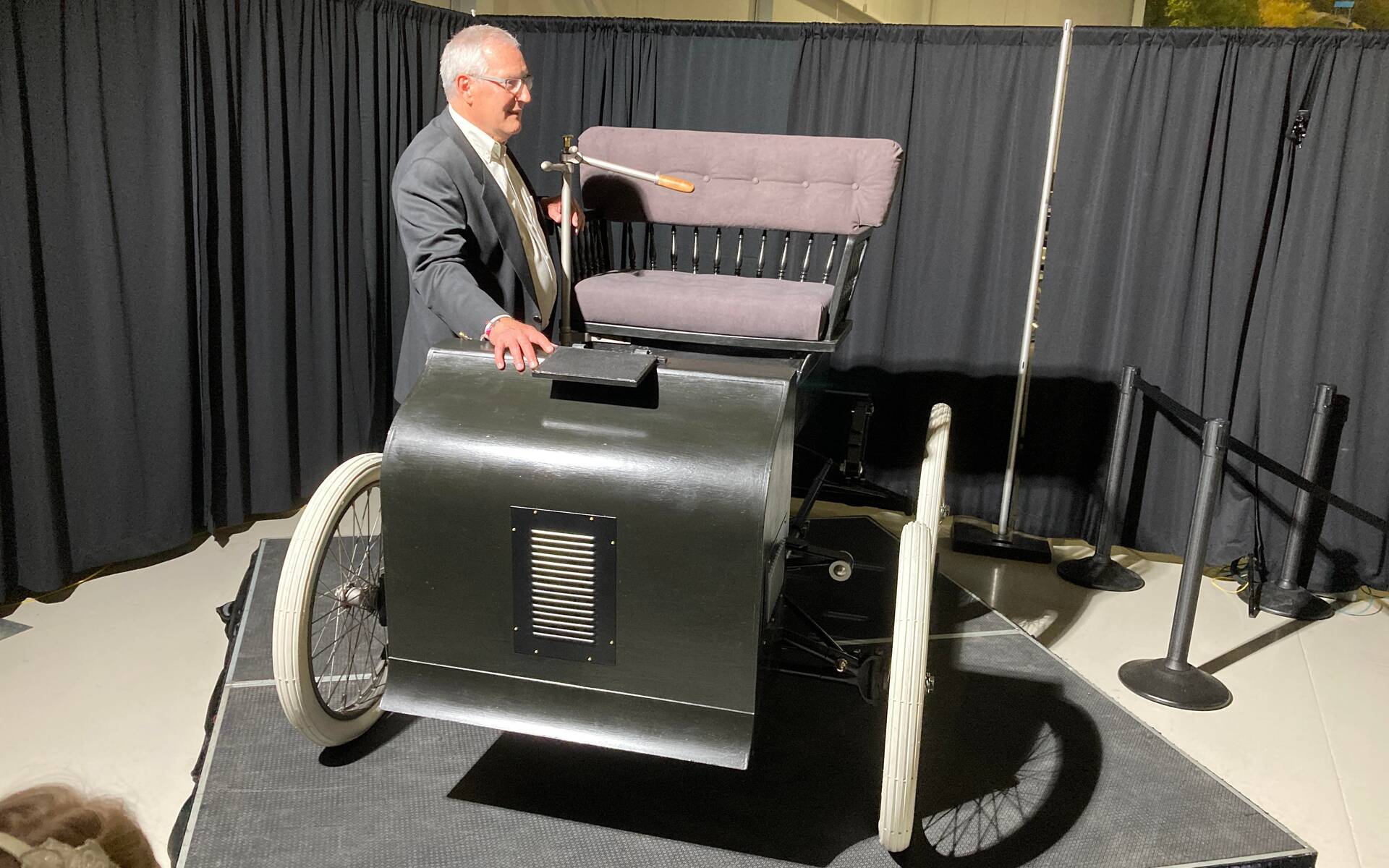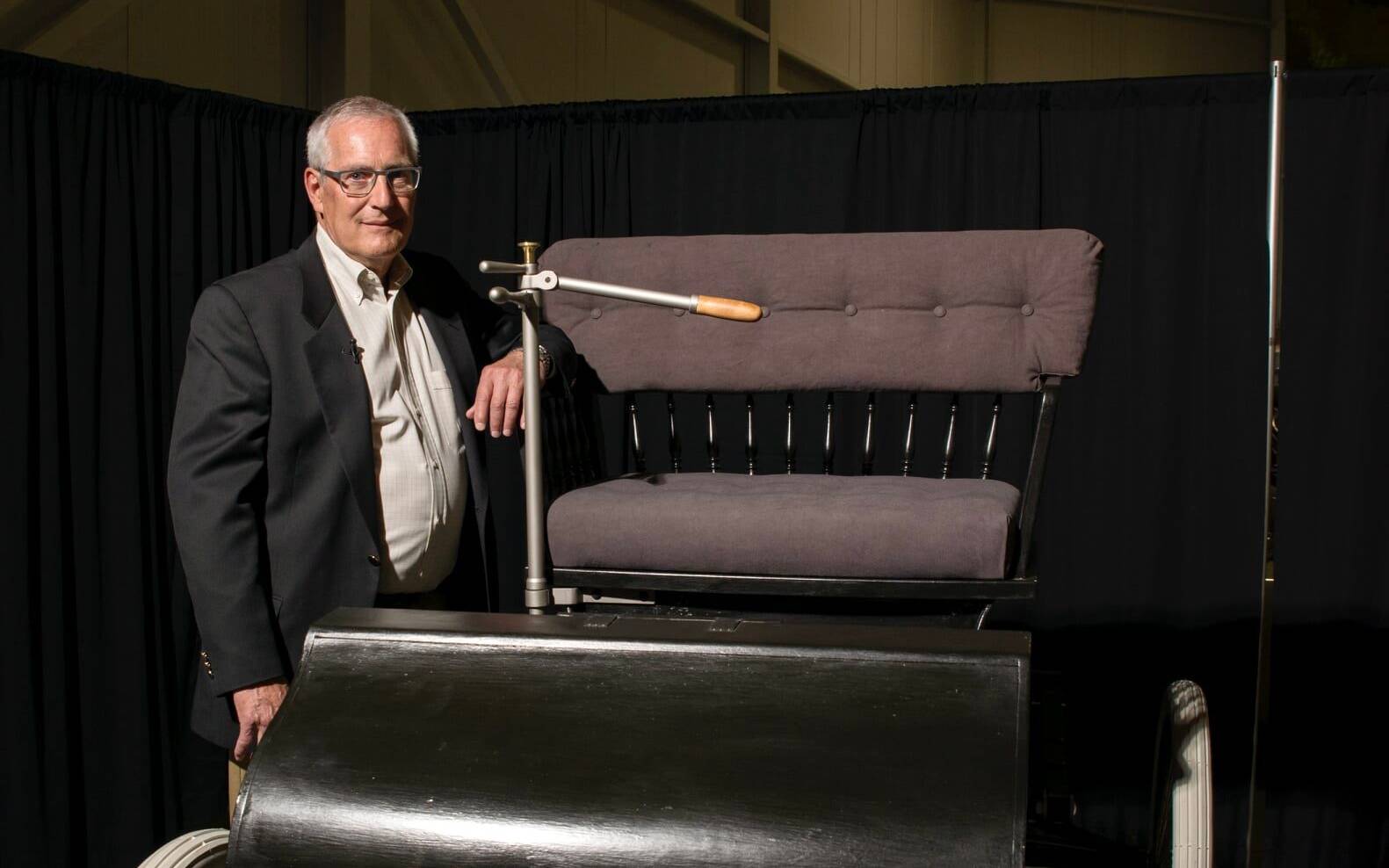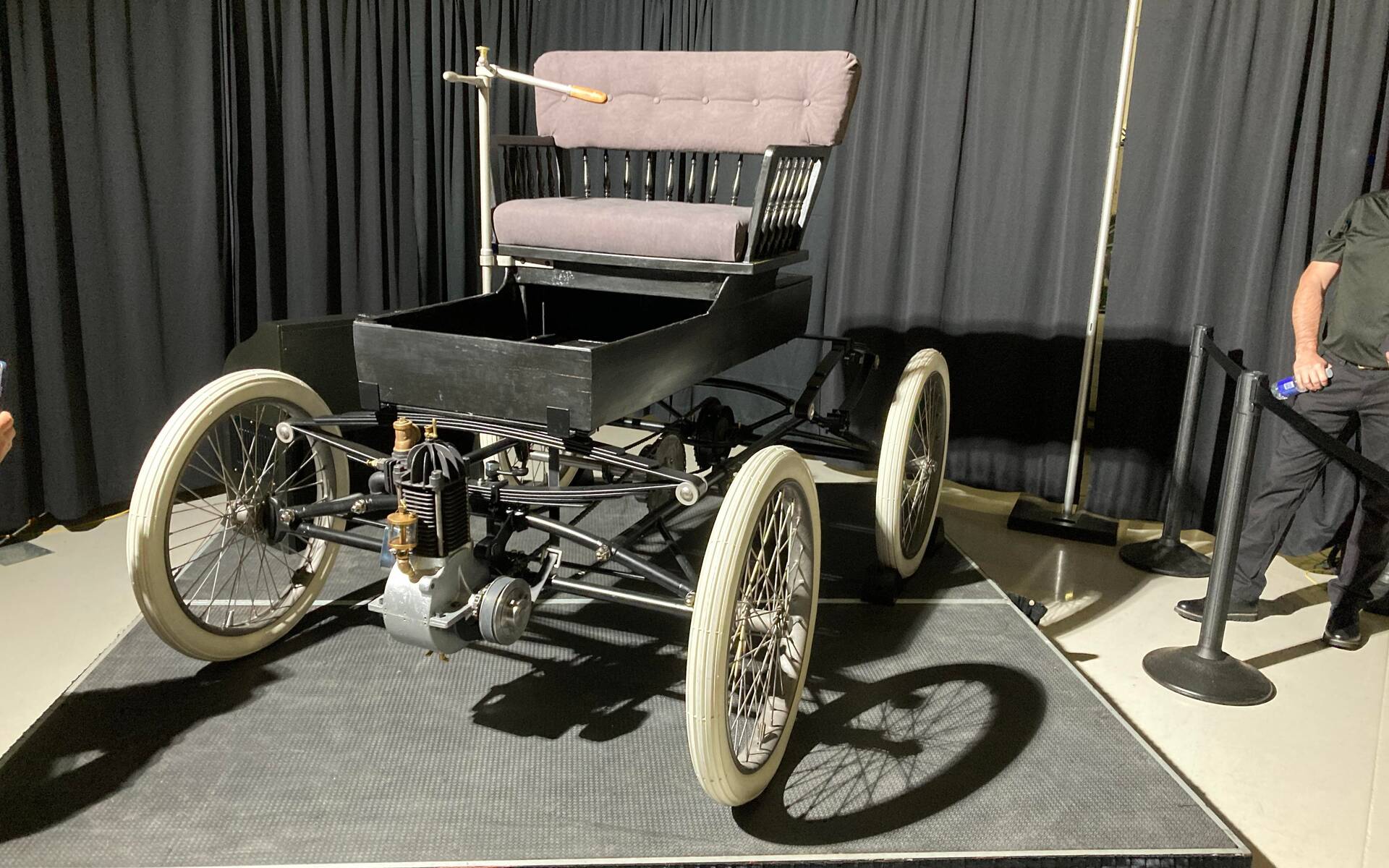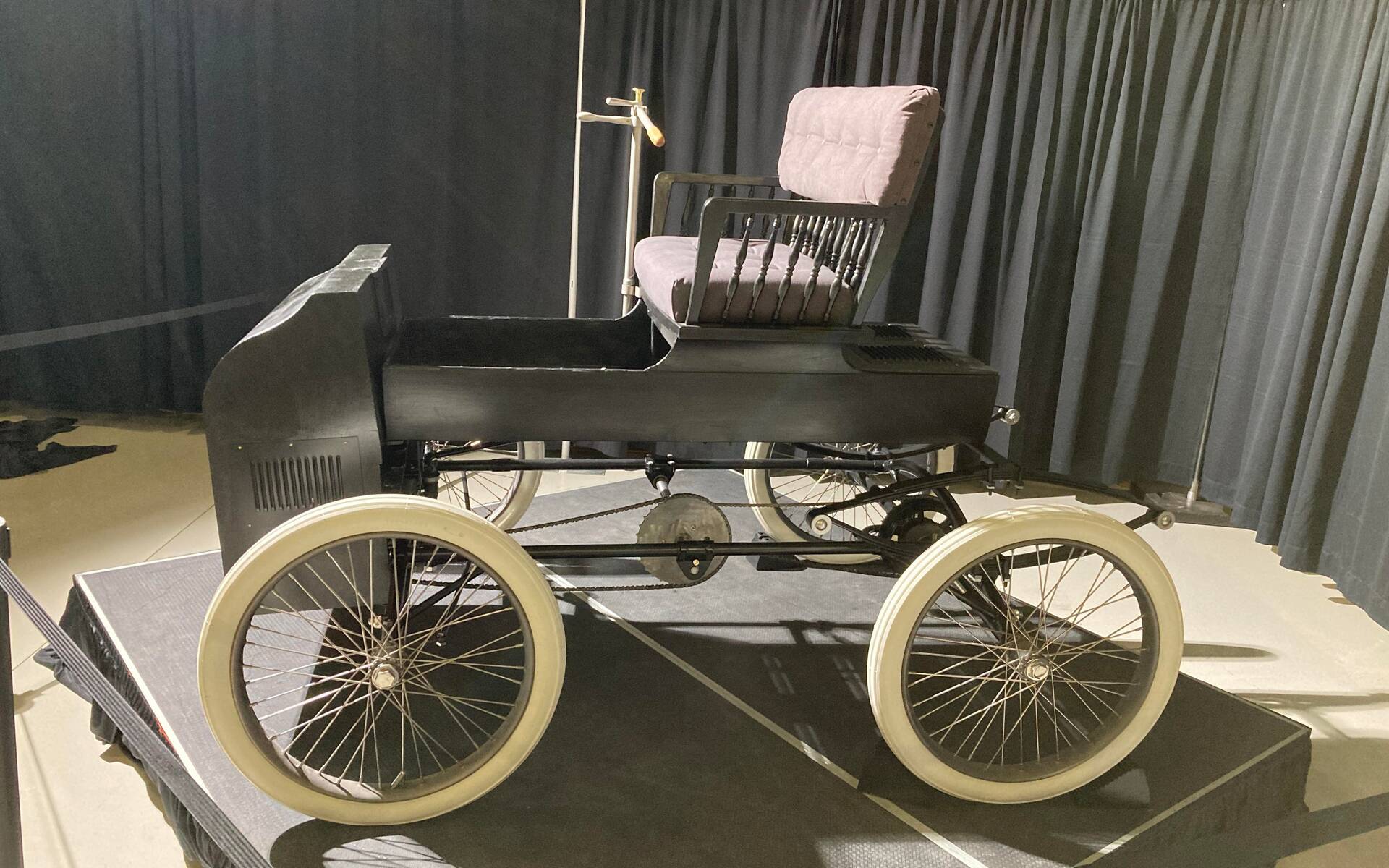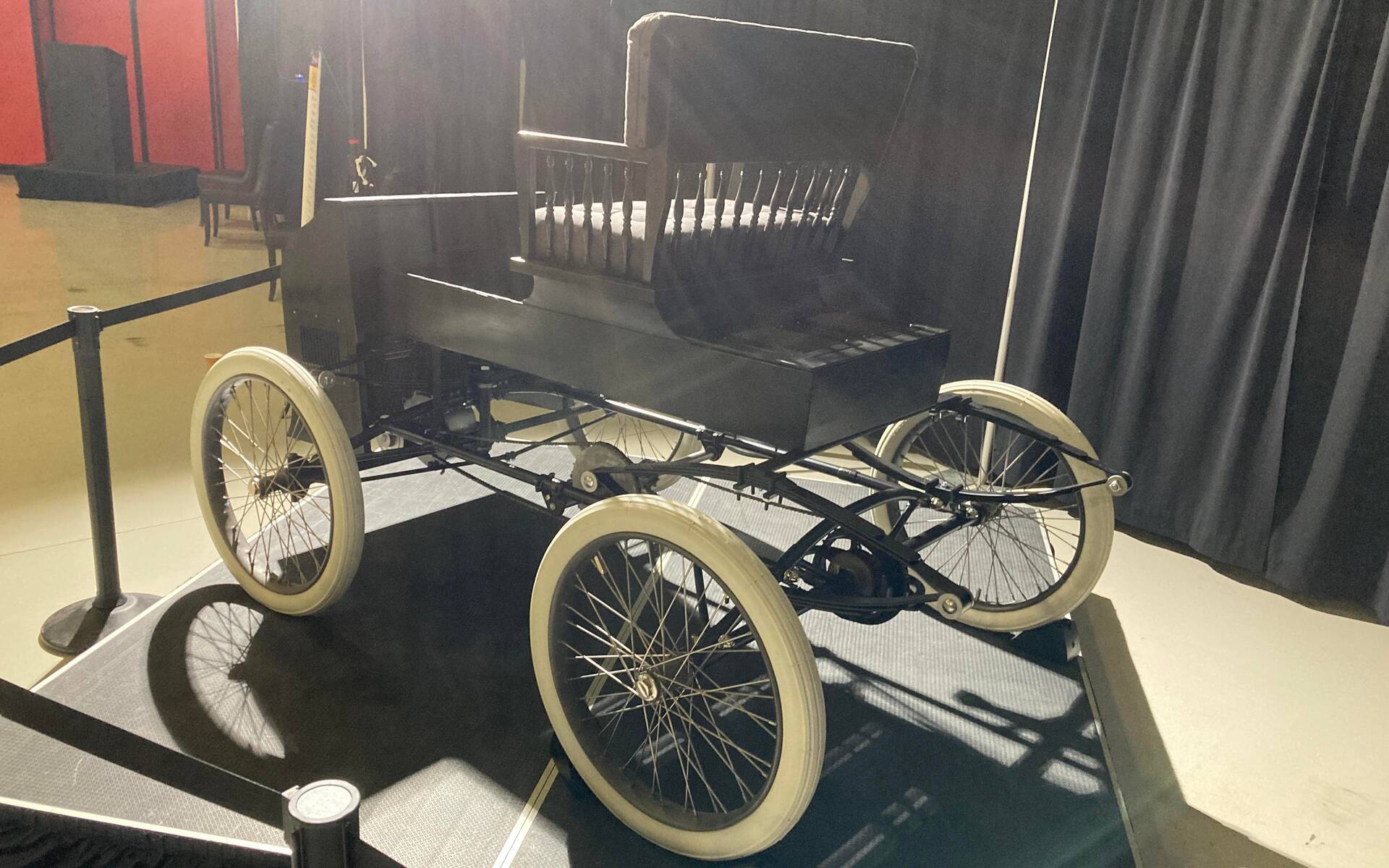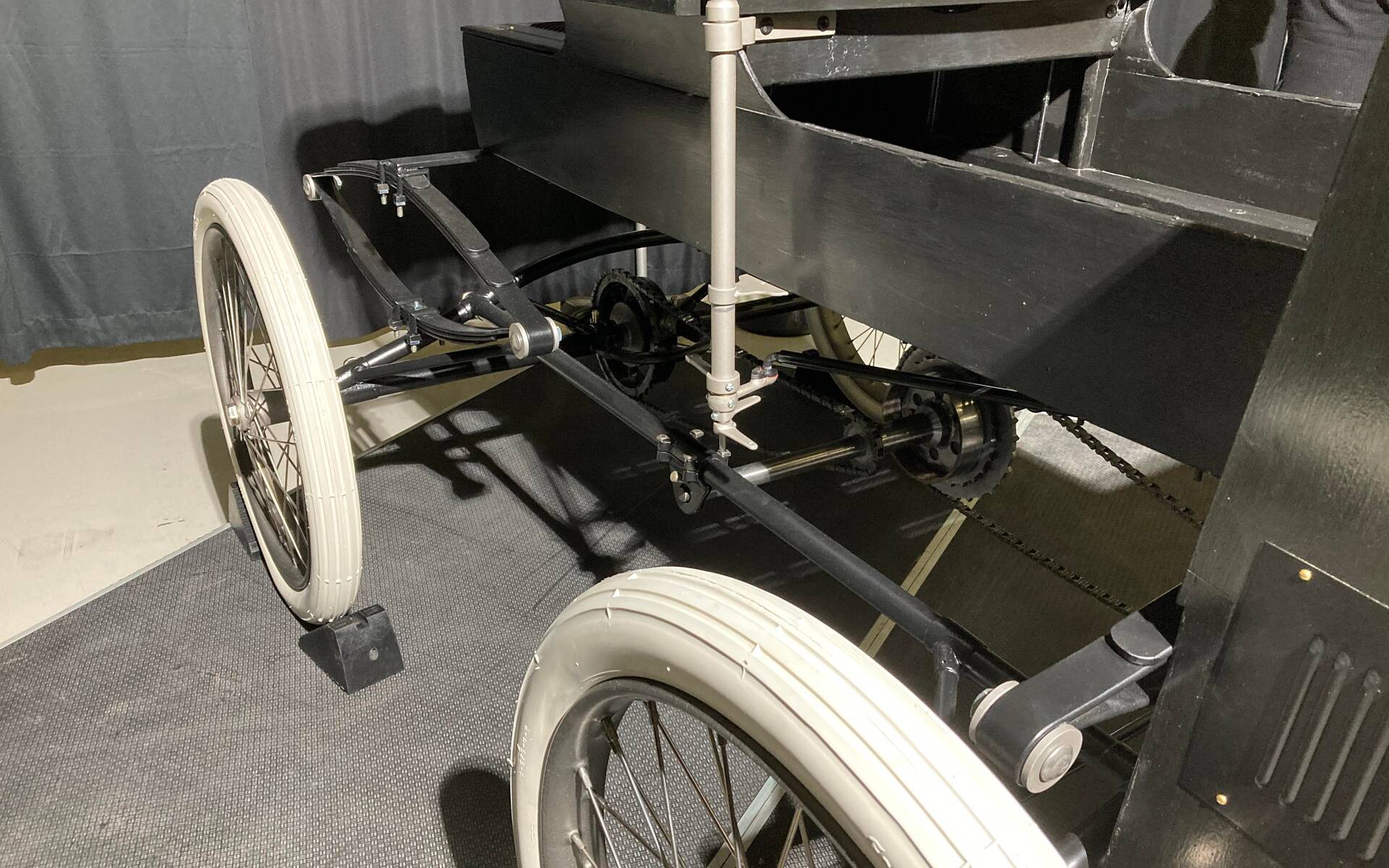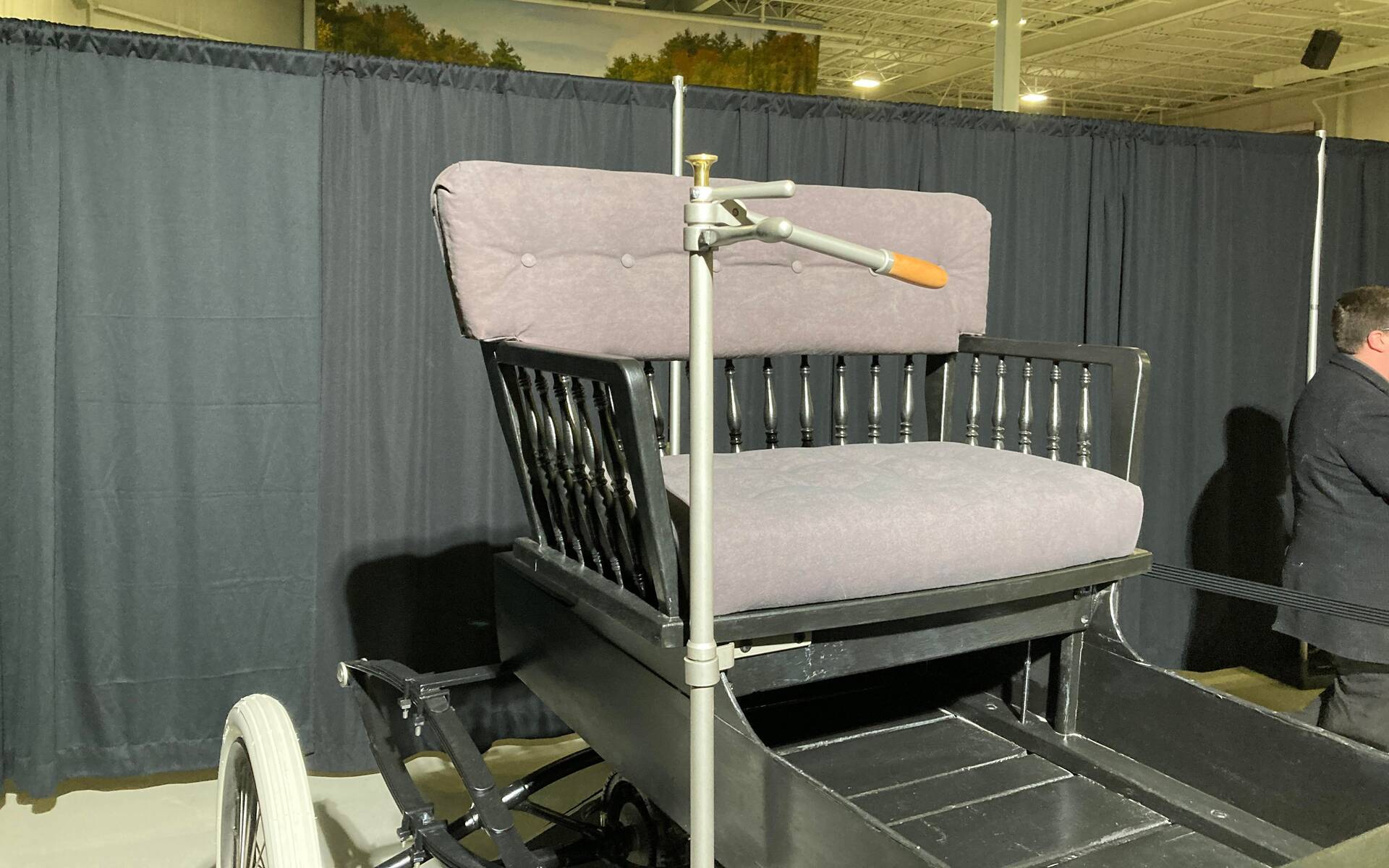125 Years Later, the Quebec-Made Fossmobile is Back!
A part of our history that is all too often forgotten returns under the spotlight this year. Canada’s first successful internal combustion, gasoline engine automobile, the Fossmobile, turns 125 in 2022.
Does that name ring any bell? Probably not. Well, guess what? The short-lived car gets a second life—sort of—thanks to the work and determination of the inventor’s grandson.
Born in Sherbrooke
In 1896, during a trip to Boston, George Foote Foss discovered electrically driven broughams that were rented out for $4.00 an hour. Foss paid the fee, but unfortunately, after a ride of only half an hour, the batteries died. Returning to Sherbrooke, Quebec, he decided to build an automobile with an internal combustion engine that would address this problem.
That’s how the Fossmobile was born. Fun fact: its single-cylinder engine produced a mere four horsepower. Sadly, just a single unit was ever made. Foss refused financial backing to mass produce the car because he was in his early twenties and didn’t want any debt. He even turned down an offer to partner with Henry Ford, who went on to form the Ford Motor Company. What a mistake that was, in retrospect!
Foss drove his car in and around Sherbrooke for four years, then sold it for $75 in 1902 after moving to Montreal and not using it. Nobody has ever managed to track the Fossmobile ever since, not even George Foss’ grandson Ron, who scoured the continent for years. In 2019, the latter decided to recreate it as a tribute.
Meticulously Built Modern Replica
Talk about a daunting task. Since there were no original drawings or blueprints, the replica had to be based solely on detailed scrutiny of original Fossmobile photos, with the help of automotive historians and restauration experts.
Ron Foss also referred to a 1901 Crestmobile he found in Boston that could have been inspired by the Fossmobile. Naturally, he insisted on acquiring vintage parts from the era—including the engine, wooden body, chassis and wheels—replicating parts only when it was absolutely necessary. One of the biggest challenges was the tiller, a complex mechanical part that served multiple purposes including steering, acceleration and engine start.
Precious help came from Legendary Motorcar Company in Halton Hills, Ontario, which has a team of professional craftsmen dedicated to the restoration of vintage and classic automobiles. The late 1890s wood body restoration and custom fabrication of the seat was completed by Canadian Wood Craftsman in Chatsworth. To complement the old buggy look, seat cushions were hand-made by Custom Touch Upholstery in Burlington.
The refurbishing of the wheels, spokes and acquisition of period-correct tires were completed by Wolfe Worx in London, while the need for all-new custom elliptical leaf spring suspension was awarded to Dendoff Springs Limited in Surrey, B.C.
Lasting Legacy
Public donations and corporate sponsorships were also instrumental in bringing the Fossmobile back to life. The non-operational replica, which represents an investment of more than $75,000, was officially unveiled on April 27.
Following a stop in Sherbrooke this summer, the car will be donated to the Canadian Automotive Museum in Oshawa. The museum’s curator, Alex Gates, said that it will be loaned to other organizations for various events in the future so that all Canadians can explore the Fossmobile from up close and learn about this key piece of our automotive history.
